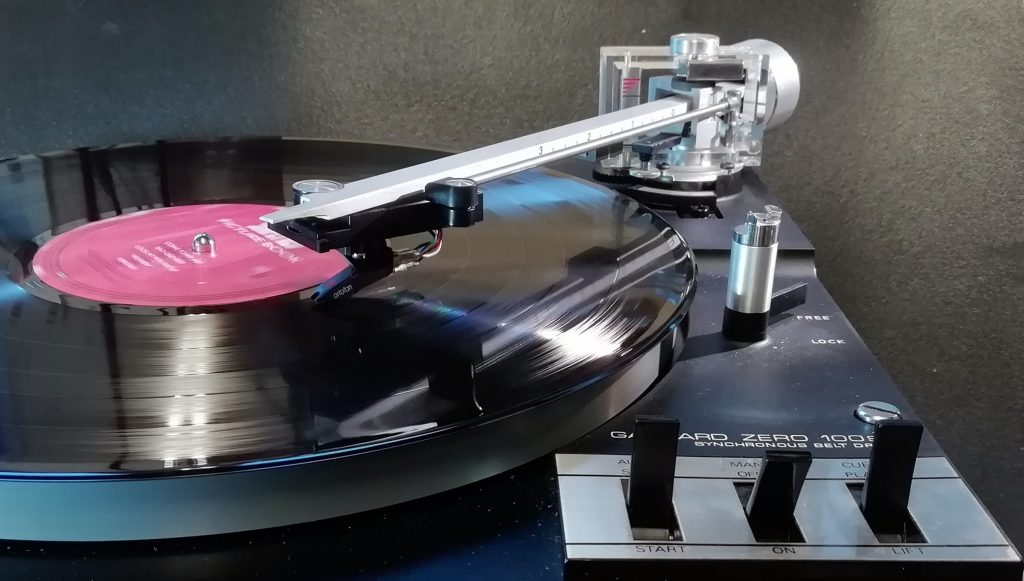

Generally accepted that the serials numbers run up to the 15,000’s. Some early ones do not have a switch suppressor unit and the eddy current brake disc is almost flat. Early motor with more torque than later models, this early motor also requires slightly less current, (190 to 200v & 95 to 100v), which would suggest less noise perhaps why they are so popular in Japan (90-100v).

As the name suggests they are only for clamping the heavy motor while in transit and should be completely loosened before levelling and setting up the turntable. Transit clamp: Apart from the grey 301’s all others have transit clamps with red screw heads viewable under the turntable near the idle wheel. Refers to a 120v and a 60Hz brass pulley made for the American market.
#GARRARD ZERO 100 NO AUTO SERIAL#
They turn up around the mid 15000 serial numbers.

These are the rarest of the Garrard 301’s. During the crossover period to Ivory 301’s, when high quality aluminium was available again a small number were made using the rimless mould. They do not have a rim on the inside edge of the chassis where the turntable sits. A lot of the hammertone 301’s went to the BBC who were not bothered about the finish but happy about the reduced price.Īll grey 301’s are rimless. It is suggested that the grey 301’s were made from melted down bombs and other armament surplus from WW2. This is a textured paint used to hide imperfection in metal. One major early change was, a stiffening ridge was added to the cast chassis creating a rim on the chassis at the periphery of the platter. The Garrard 301 remained little changed other than paint colour, and the switch/speed plates. Frequency: 50Hz (nickel) or 60Hz (brass) according to motor pulley fitted.ĭifferences in production.Voltage: Dual range 100-130v and 200-250v (The actual current required varied slightly from early to later motors.).
#GARRARD ZERO 100 NO AUTO MANUAL#
The manual specifications remained the same throughout. There were two schedules of the Garrard 301. The strobe-rim platter was around a £2 extra-cost option. The 301 was usually sold without a plinth, tonearm or cartridge. Production of the 301 started in 1953 it hit the market in 1954. The platter was balanced and freely spun on a high precision bearing. The chassis and platter were made from diecast aluminium and weighed 16 pounds - 6 pounds of which was the platter. It featured a 4 pole Garrard Induction motor driving an idle wheel which drove the platter from inside its rim. It was robust, minimalist and beautifully built. The Garrard 301 was the first transcription turntable that played at 33 ⅓, 45 and 78 rpm speeds. Audio buffs mock the idle wheel mechanism, it’s so much noisier compared to the belt drive and even some very high-end direct drive turntables, but to fans, that is what gives the 301 it's unique sound and character. Its successor the Garrard 401 is by all accounts sonically superior but the classic design of the 301 outshines the 401. The iconic Garrard 301 transcription turntable is revered the world over. Transcription turntable developed by Edmund W.


 0 kommentar(er)
0 kommentar(er)
